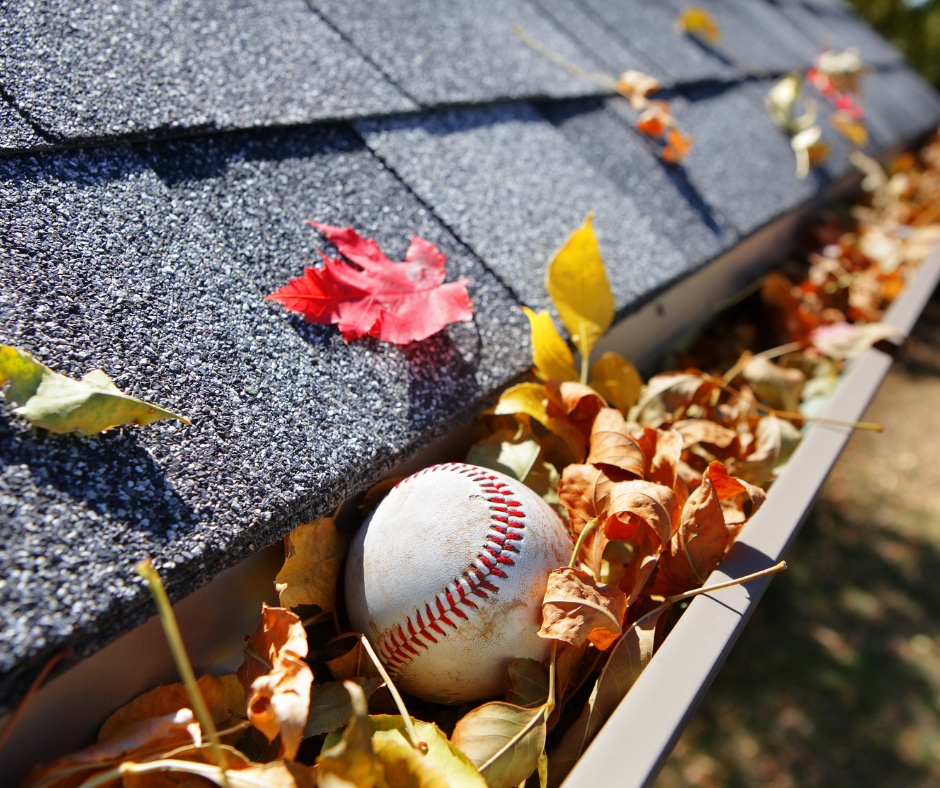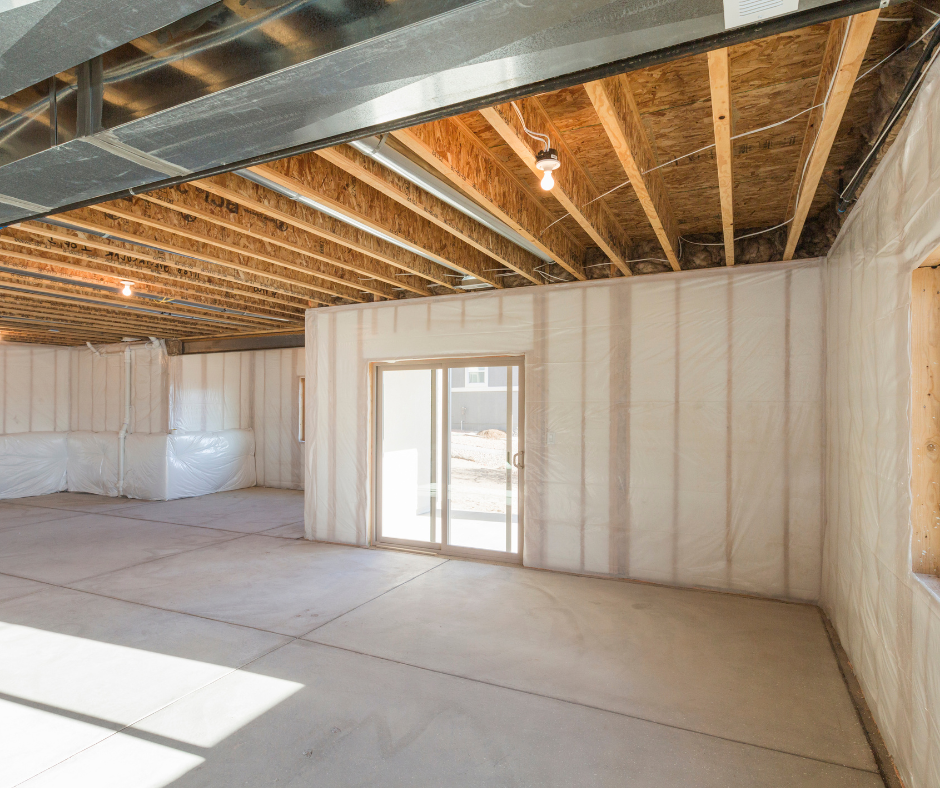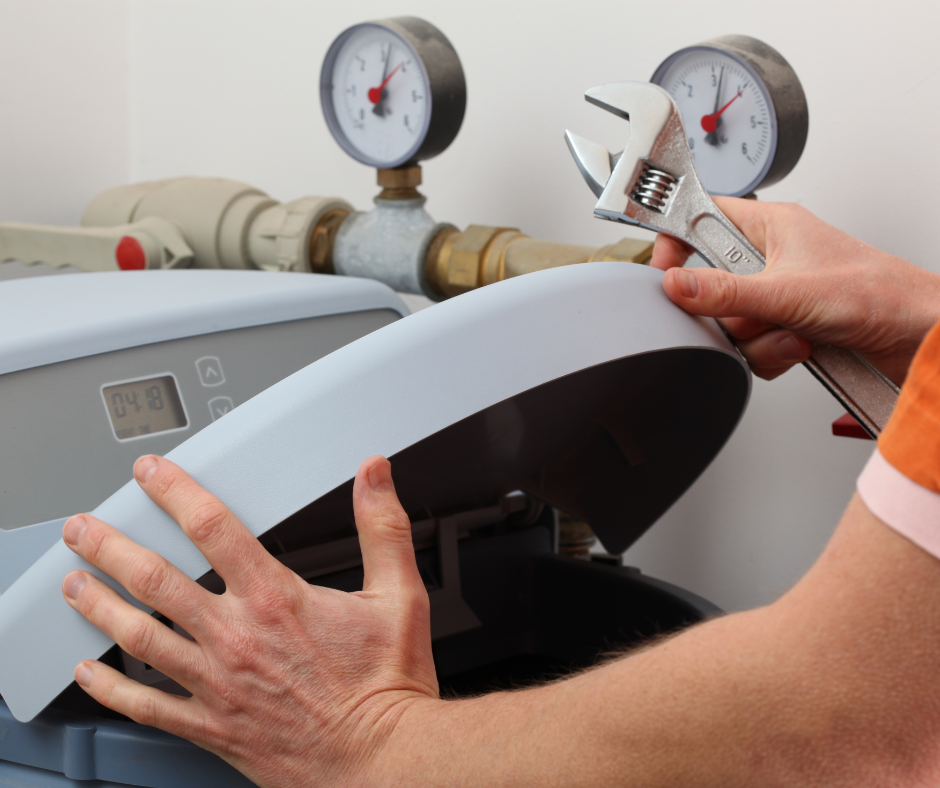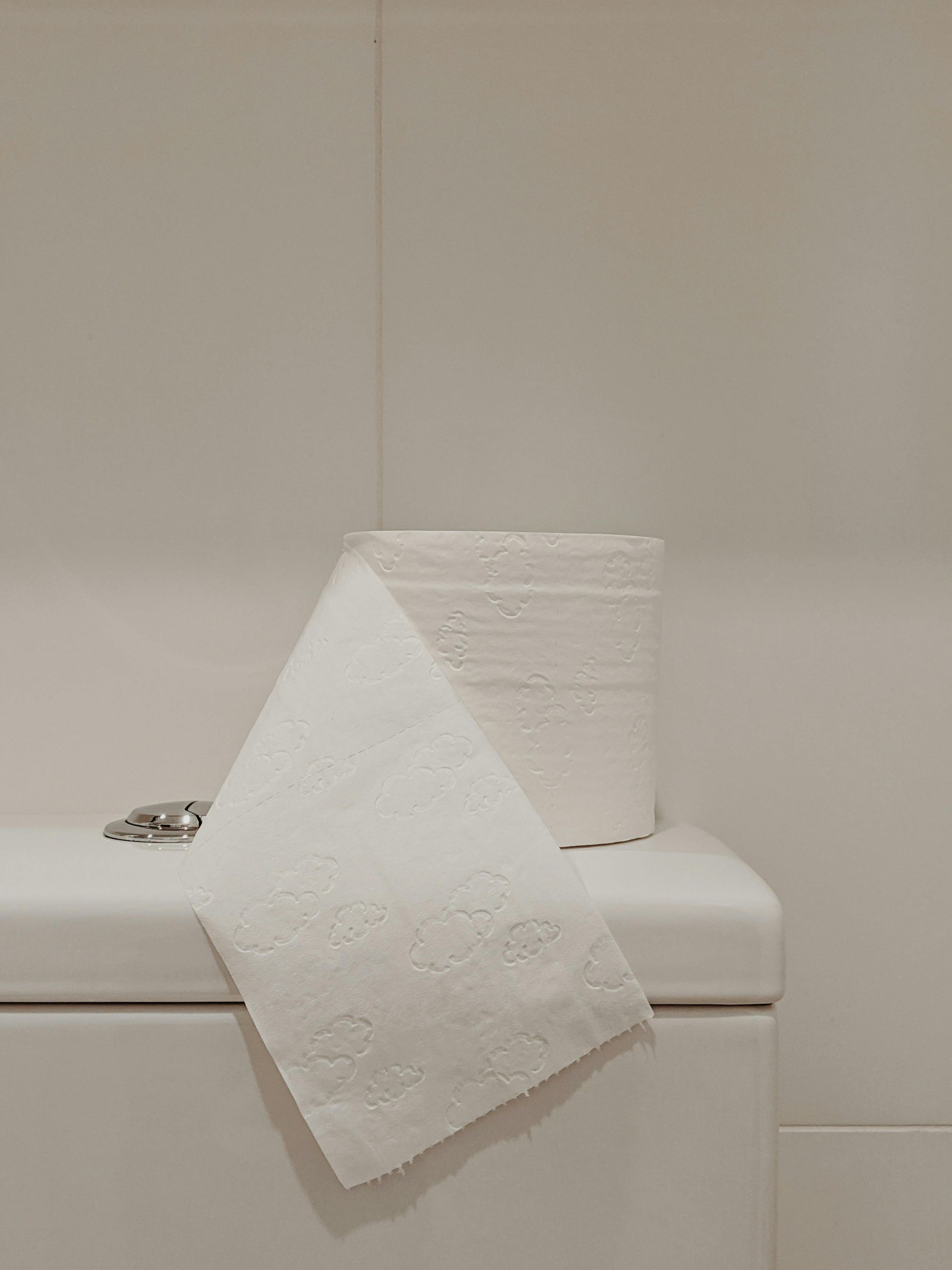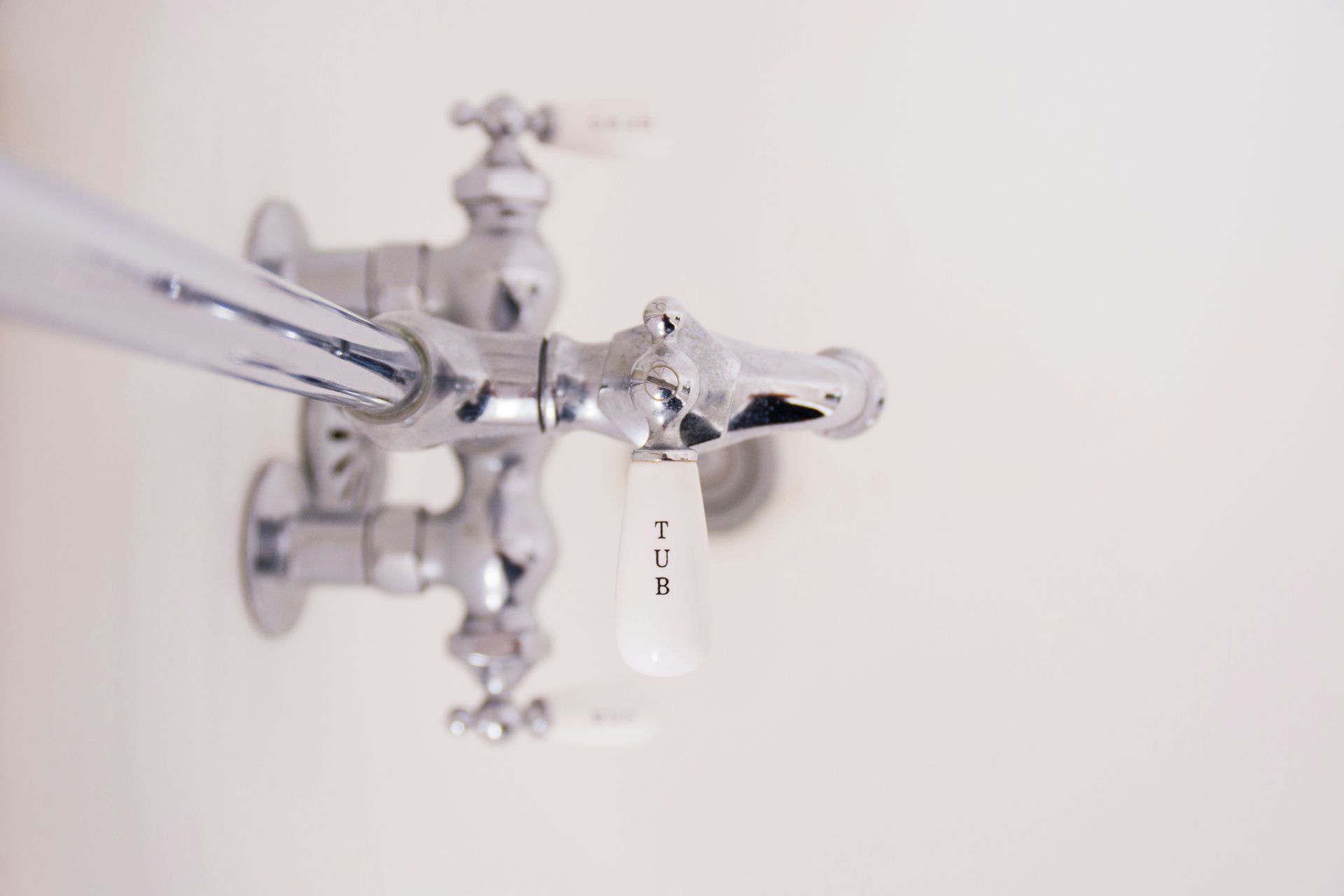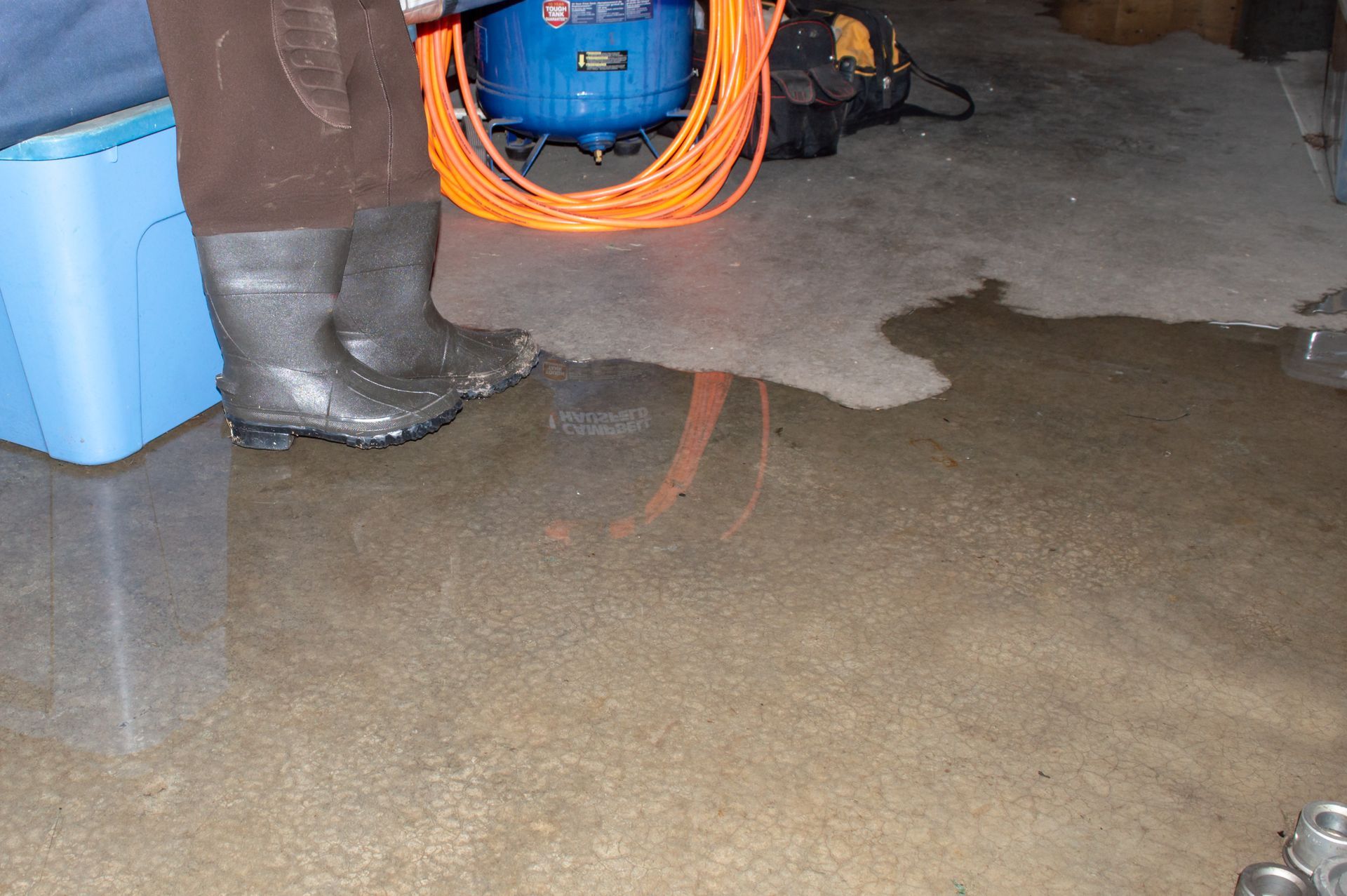Learn where asbestos might be hiding in your home, why it’s dangerous, and the steps to keep your family safe.
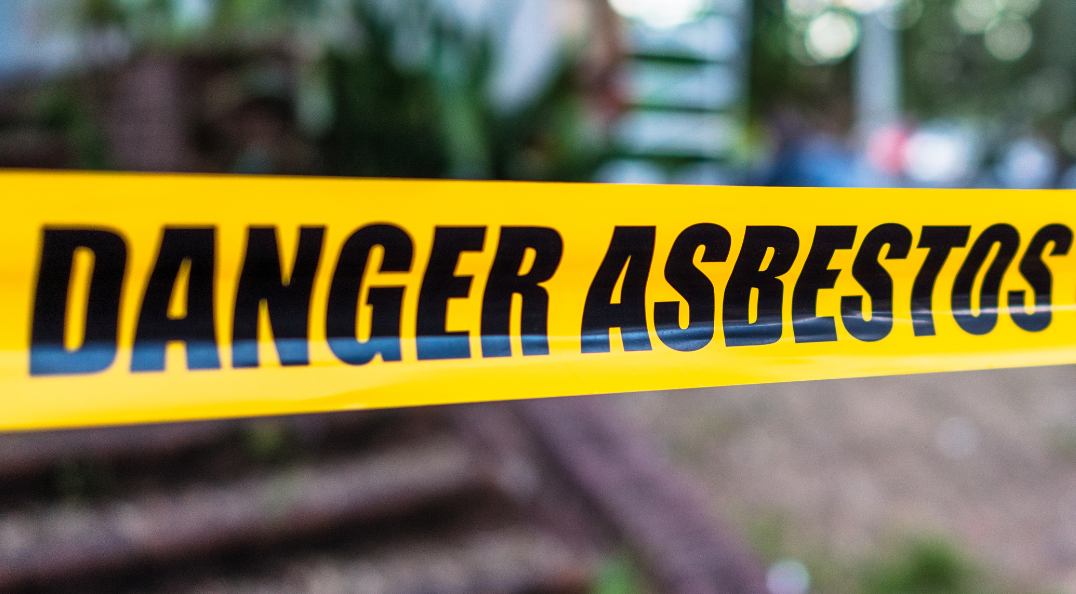
Understanding Asbestos: What Every Homeowner in Kootenai & Spokane Counties Should Know
As a homeowner in Kootenai County, Idaho, or Spokane County, Washington, protecting your home and family from hidden dangers is always a top priority. One often-overlooked threat is asbestos, a hazardous material that can pose serious health risks if disturbed. At DryMax Restoration, we believe that education is key to safety, so here’s what you need to know about asbestos, where it can be found, and how to handle it properly.
What is Asbestos?
Asbestos is a naturally occurring mineral that was widely used in home construction materials throughout the 20th century. Its heat resistance, durability, and affordability made it popular in:
- Insulation (attics, walls, and around pipes)
- Vinyl flooring and adhesive
- Popcorn ceilings and textured paint
- Cement siding and roofing shingles
- Drywall joint compounds
While asbestos is harmless when intact and undisturbed, it becomes dangerous if its fibers are released into the air and inhaled.
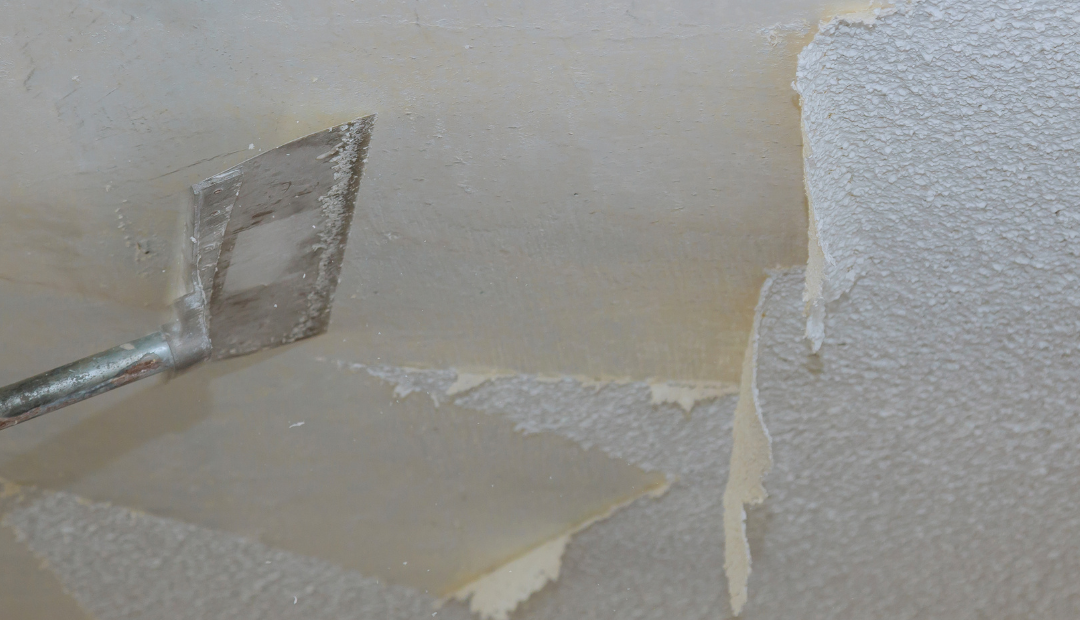
Why Asbestos is Dangerous
Airborne asbestos fibers are microscopic and can easily be inhaled without you realizing it. Over time, this can lead to serious health conditions, including:
- Asbestosis (lung scarring that can make breathing difficult)
- Lung cancer
- Mesothelioma, a rare but aggressive cancer linked exclusively to asbestos exposure
Because symptoms can take decades to appear, it’s crucial to identify and manage asbestos before it becomes a problem.
Where You Might Find Asbestos in Local Homes
Homes built before the 1980s in North Idaho and Eastern Washington are most likely to contain asbestos materials. Common areas include:
- Old
pipe insulation in basements or crawl spaces
- Ceiling tiles or popcorn ceilings in living areas
- Sheet vinyl flooring or adhesives in kitchens and bathrooms
- Cement siding or older roofing shingles outside
If you’re planning a remodel, demolition, or water damage restoration project, disturbing these materials without proper precautions can release asbestos fibers into your home.
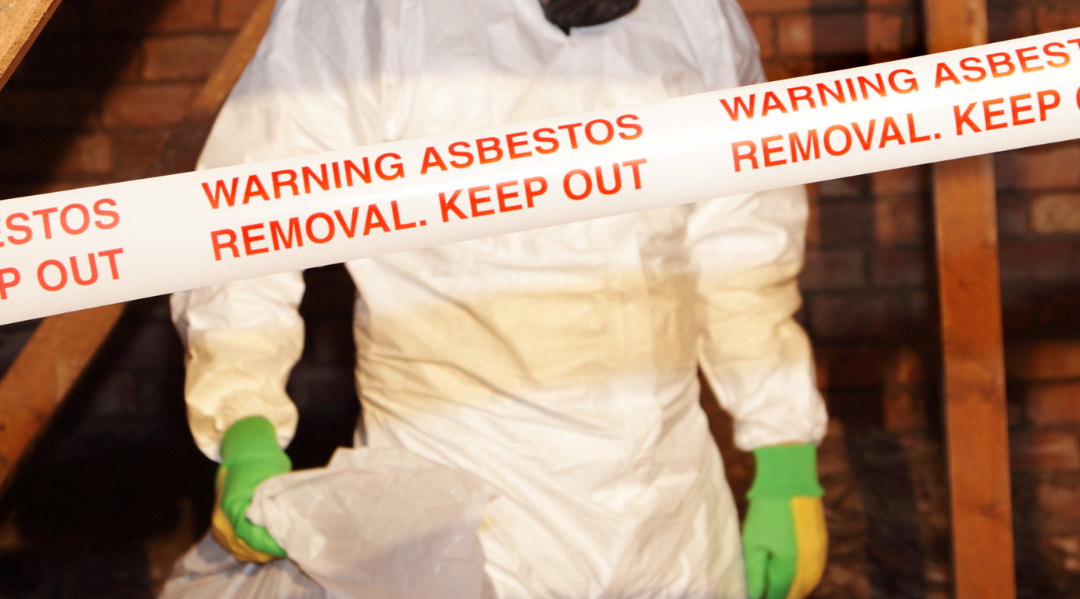
What to Do If You Suspect Asbestos
If you think your home may contain asbestos, do not try to remove it yourself. DIY asbestos removal is extremely dangerous and can contaminate your entire property. Instead:
- Stop work immediately if you encounter suspicious materials.
- Contact a licensed asbestos testing and abatement company or DryMax to help provide one to inspect and, if necessary, safely remove it.
- Once the asbestos is professionally removed, DryMax Restoration can begin water damage cleanup, structural drying, and full restoration.
By waiting for certified abatement before we begin our work, DryMax ensures your home restoration is completed safely and in compliance with all local regulations.
Your Safety is Our Priority
At DryMax Restoration, we specialize in water damage cleanup, drying, and restoration—and we work after asbestos abatement is complete to ensure your home is fully safe. Whether you’re facing water damage, flooding, or mold concerns, our team can restore your property quickly and professionally once licensed asbestos specialists have cleared the way.
Need professional water damage restoration in Kootenai or Spokane County?
Contact
DryMax Restoration today—we’re ready to restore your home after abatement is complete.

